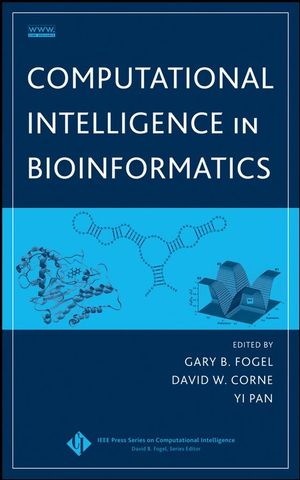
Painkillers (analgesics) are a blessing for many patients, as they help us to cope with our daily lives despite the pain. With them it is possible to recommit to family, friendships, hobbies and work without being constantly prevented by unbearable pain. Although the so-called “painkillers” are intensively advertised, they are far from always able to keep what is promised, and they can even harm our health. For example, experts believe that regular uncontrolled use of painkillers can lead to kidney and liver damage. Even if it is an over-the-counter painkiller, it can damage the body when used improperly. Constantly “numbing” pain as a warning signal can also turn acute pain into a chronic one.
Whether prescribed by the doctor or over-the-counter painkillers can make them dependent. It is estimated that 1 to 2 million people in Germany are dependent on medication. Here, medications for the fight against pain are among the biggest danger groups.
DANGERS OF IMPROPER USE
Especially with centralized, i.e. active painkillers throughout the brain and nervous system, as with opioids, there is a risk of dependence when used improperly. Opioids have a generally dampening but sometimes also a euphoric (mentally illuminating) effect on humans, so moods such as fear or sadness are reduced at first. However, both “side” effects of opioids are usually more pronounced only at the beginning of therapy. It is not uncommon for even the pain-absorbing properties to decrease or even disappear after a few days. Often the dose is then increased in order to achieve a reduction in pain again.
Are you looking for a web design and internet marketing for your business? Check
malaysia seo
IT IS IMPORTANT TO DISTINGUISH
- The drug is simply excreted more quickly by the body, or
- By the initial dampening of self-perception only the pain perception was reduced, but not the pain itself.
It is important to check the effectiveness more frequently during pain therapy with opioids and to try either another drug (opioid rotation) or to reduce or sneak out of the opioid in case of loss of effect.
But non-opioid painkillers also have their downside. Improper use may result in physical damage. These range from allergic reactions to stomach ulcers to kidney, liver or cardiovascular problems. It is estimated that more than 10% of kidney disease requiring dialysis was caused by the improper use of painkillers.
ADDICTION
Addiction is the tendency known to all of us to repeat what once did us good or what prevents the opposite. Thus, a first grip in the bag of potato chips is often not the last. If we want to do more and more of it, we want to repeat what we have experienced, we are gradually losing control of this behavior. If we repeat the behavior without much thought almost automatically, the threshold to addiction is reached.
According to the World Health Organization (WHO), one can speak of (substance-linked) addiction if three of the following behaviors were observed in a person last year:
- There is a strong desire or compulsion to consume the substance/active ingredient
- There is a reduced ability to control when it is consumed, when it is stopped and how much of the substance (drug) is consumed.
- Physical withdrawal symptoms such as restlessness, sweating, tremors or pain can be detected when not consuming.
- Tolerance can be observed, which means that more and more of the substance must be consumed in order to achieve the same effect.
- Progressive neglect of other pleasures or interests in favor of consumption, as well as increased time to consume or recover from the consequences
- Although negative consequences arise, continues
DRUG MISUSE
A habit becomes dangerous when we carry it out over and over again without thinking about it. For example, the automated handle to painkillers for “simple” headaches without first trying non-drug relief can cause the pain to be sustained by this very behavior.
If you as an athlete already take painkillers before a competition, in the expectation that pain will occur or that there will still be pain from the last competition and you do not take the time to cure them first, this is obviously a misconduct. Likewise, regular use of painkillers to be fit for work, a weekend outing or any other activity is self-threatening. When painkillers are taken in order to be able to sleep better, because they make them tired (opioids, etc.) there is a non-determination of the drug – the indication – and thus a misuse. If I take pain medication for fear of an argument or because I am sad, the use of the drug is considered a misuse. Painkillers are often taken out of helplessness even if they have little effect. The transition from misuse to dependence is not always clearly defined, often not correctly or in good time recognized by the prescribing doctor.




